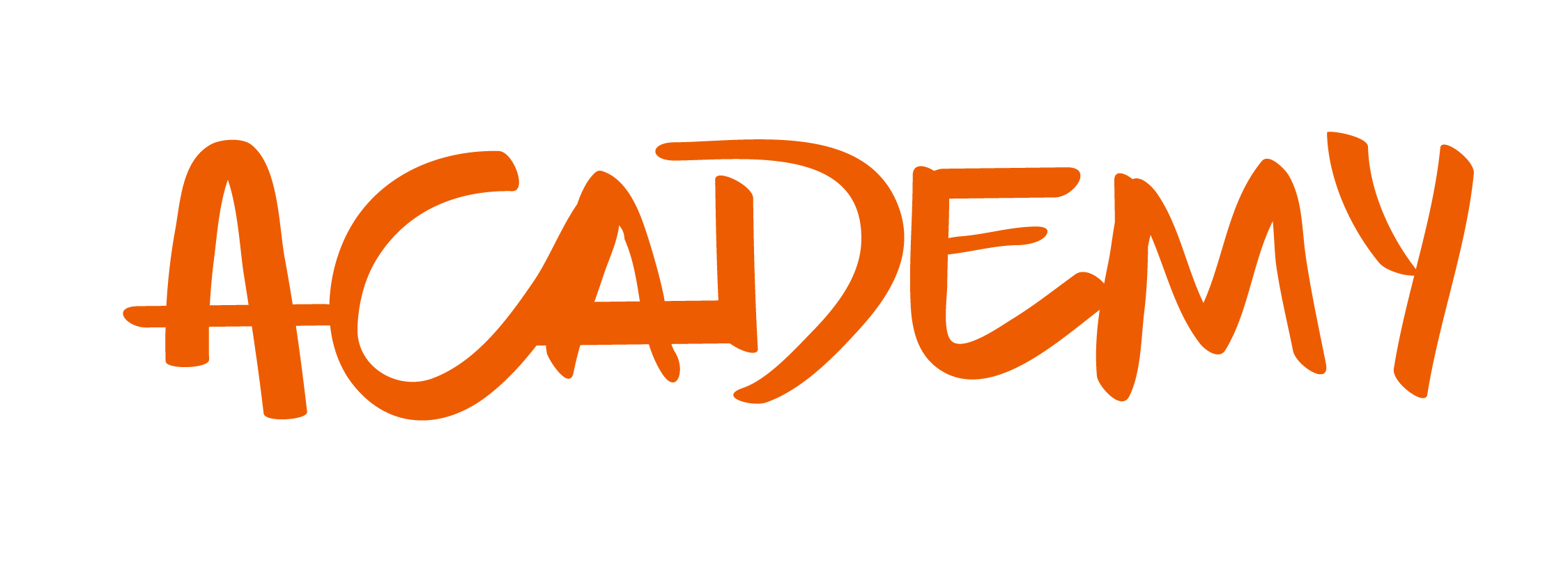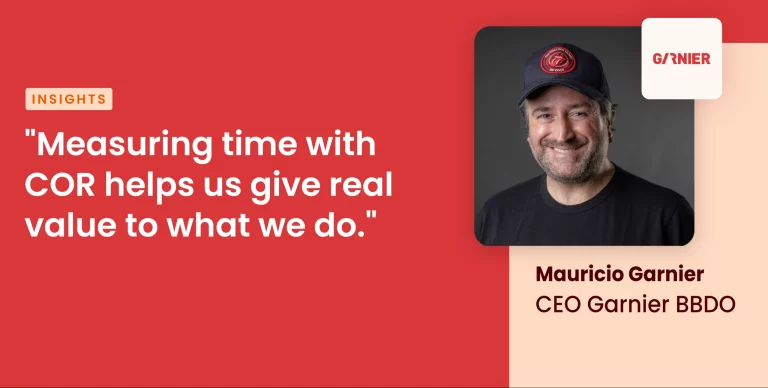In a creative agency, the way tasks are managed can make the difference between a highly efficient team and one that constantly faces workload issues and disorganization. Efficient task distribution is key to making the most of resources and preventing team members from burning out.
When tasks are not assigned properly, there’s a risk that some team members will become overloaded while others, who could contribute more, are underutilized. To prevent this, it is essential to use a management tool that provides visibility into each team member’s skills and current workload. This visibility makes it easier to assign tasks according to each person’s expertise and capacity. It’s not just about who does what, but also how tasks are assigned to ensure work flows smoothly and without bottlenecks.
Breaking down large projects into smaller, manageable tasks is also essential for effective workload distribution. This practice allows for more precise task assignments and makes it easier to track progress. As the team progresses on individual tasks, it is important to monitor performance and be prepared to adjust workloads as needed. Don’t be afraid to redistribute tasks if necessary; flexibility is crucial to maintaining productivity.
How to Reduce Rework and Increase Efficiency
Rework is not only costly in terms of time and money, but it can also negatively impact team morale. Reducing the need to redo tasks is essential for improving efficiency and maintaining a motivating work environment.
To achieve this, it is crucial to provide clear and detailed instructions from the start. Make sure all team members have access to comprehensive briefing documents that clearly outline objectives, expectations, and deadlines. This initial clarity minimizes misunderstandings and reduces the likelihood of errors that could lead to rework later on.
It is also important to establish solid review and approval processes. An internal review system allows work to be evaluated before it is sent to the client, helping to identify and correct errors in a timely manner. This not only prevents rework but also improves the quality of the delivered work and client satisfaction.
Finally, encourage a culture of constant feedback. Keeping an open channel for feedback allows team members to point out potential problems or areas for improvement before they turn into significant errors.
“A team that communicates effectively and has the confidence to express concerns will be better able to avoid future mistakes.”
Conclusion
Implementing these best practices for managing creative projects can transform the way your agency handles daily challenges. By fostering clear communication, setting effective priorities, distributing tasks appropriately, and reducing rework, your team will be better positioned to achieve its goals with greater efficiency and creativity.
Ready to get better organized and boost creativity in your agency? Start today with these practices and watch your team’s performance improve.














